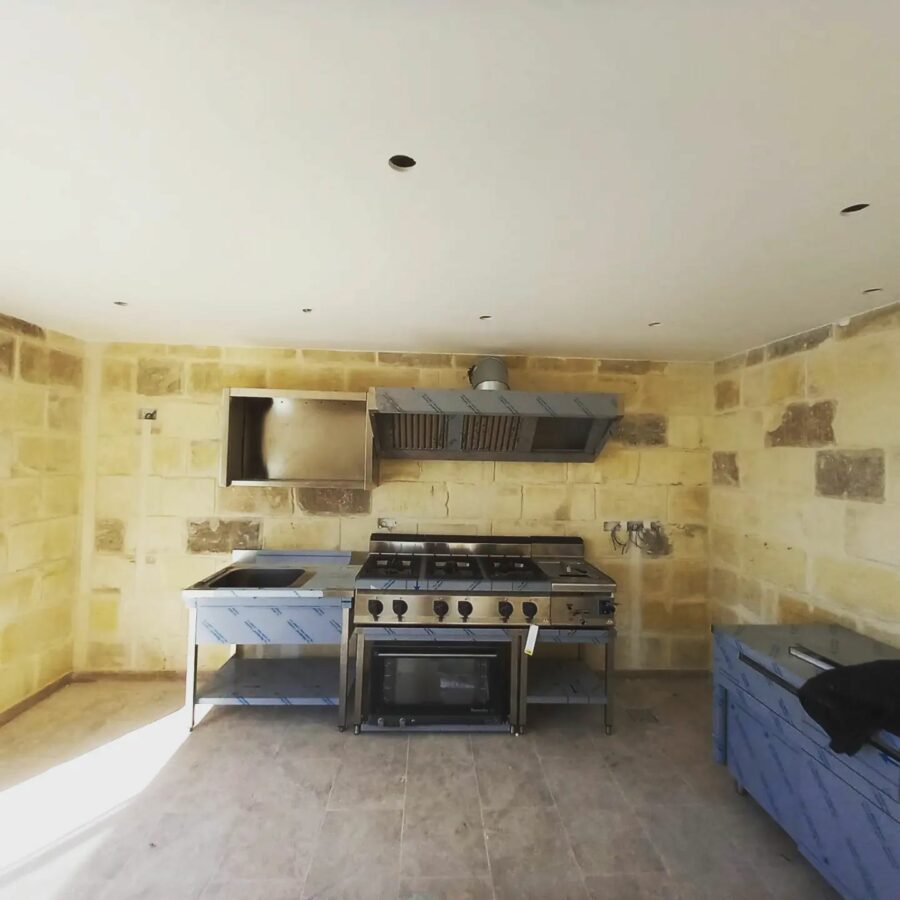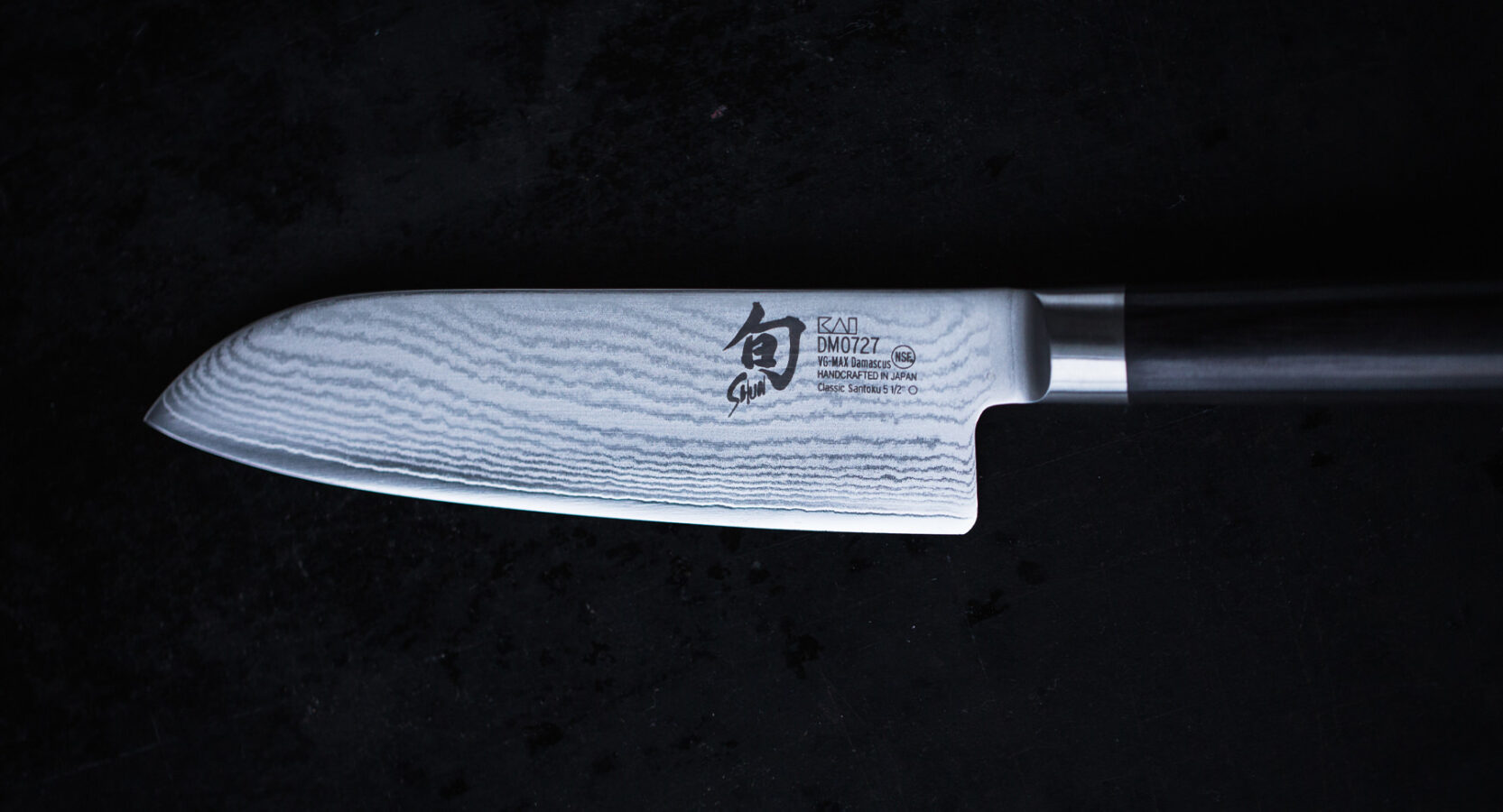

A good knife is an essential tool for any chef because it can make cooking tasks easier and more efficient. A sharp knife can accurately and cleanly cut through various ingredients, reducing the time and effort required to prepare a dish. A well-balanced knife also allows for better control, which can help to reduce the risk of accidents in the kitchen. In addition, a good knife can also last longer and require less maintenance, saving a chef time and money in the long run. Overall, a good knife is an invaluable investment for any chef, as it can significantly improve their ability to produce high-quality dishes and make the cooking process more enjoyable.
Generally, a good knife should last longer than a poorly made one. Quality knives are made from high-grade materials designed to withstand the rigours of professional use and can hold an edge longer. They are also made with careful craftsmanship, with attention paid to details such as blade alignment and handle construction. As a result, a good knife is more likely to hold up over time and require less maintenance. However, it’s important to note that even the best knives will eventually wear out or become damaged if they are not cared for properly. To extend the life of a good knife, it’s essential to keep it sharp, clean, and stored correctly. This may involve regularly honing and sharpening the blade, washing and drying the knife carefully after use, and holding it safely where it won’t be damaged.
Several characteristics can indicate a good-quality knife:
Materials: Quality knives are made from high-grade materials such as stainless steel, carbon steel, or ceramic, which are designed to be durable and able to hold an edge.
Construction: Good quality knives are typically made with careful craftsmanship, with attention paid to details such as blade alignment and handle construction. The blade should be evenly ground, and the handle should be securely attached to the blade.
Sharpness: A good quality knife should be sharp out of the box and be able to maintain its edge over time.
Balance: A well-balanced knife should feel comfortable and natural to hold and use, with the blade and handle both evenly weighted.
Comfort: A good quality knife should have a handle that fits comfortably in hand and allows for a secure grip.
Versatility: A good quality knife should be able to handle various tasks in the kitchen and cut through a range of ingredients with ease.
Durability: A good quality knife should withstand the rigours of professional use and hold up over time with proper care.
A well-balanced knife is a knife that feels comfortable and natural to hold and use. It should have a handle that fits comfortably in hand, allowing for a secure grip and good control. The blade should also be evenly weighted, so it doesn’t feel too heavy or too light. A well-balanced knife will handle comfortably for long periods, allowing the user to make precise cuts with minimal effort. On the other hand, a poorly balanced knife can feel awkward to hold and use and may be more prone to slipping or accidental cuts. Professional chefs and home cooks often prefer well-balanced knives because they make it easier to control the blade and produce accurate cuts.
Generally, a good knife should require less maintenance than a poorly made one. Quality knives are made from high-grade materials designed to withstand the rigours of professional use and are less prone to wear and damage. They are also made with careful craftsmanship, with attention paid to details such as blade alignment and handle construction, which can help reduce maintenance. As a result, a good knife may need to be sharpened or honed less frequently than a poorly made knife and may be less prone to developing problems such as chips or cracks. However, it’s important to note that even the best knives will eventually need maintenance, such as sharpening or honing, which will keep them in good condition. Proper care and storage can also extend the life of a good knife and reduce the need for maintenance.
There are many different types of knives that a chef may use in the kitchen, and the specific types of knives used can depend on the chef’s preference and the kitchen’s needs. Some common types of knives that a chef may use include:
Chef’s knife: This versatile knife has a broad, triangular blade that tapers to a sharp point. It is used for various tasks, including chopping, mincing, and slicing.
Santoku knife: This is a Japanese-style knife similar to a chef’s knife in terms of versatility. It has a shorter, wider blade designed for chopping, slicing, and dicing.
Paring knife: This is a small knife with a narrow, pointed blade used for peeling, trimming, and coring.
Utility knife: This is a medium-sized knife with a narrow, pointed blade used for tasks such as slicing small meats and vegetables.
Bread knife: This is a long, serrated knife with a thin, flexible blade used to slice bread and other baked goods.
Boning knife: This is a narrow, pointed knife with a flexible blade used to remove bones from meats.
Fillet knife: This thin, flexible knife with a narrow blade is used for filleting fish and other delicate meats.
Cleaver: This is a large, heavy knife with a rectangular blade used for tasks such as chopping through bones.
Knife block: This is a storage block or tray that is used to hold a collection of knives in a safe and organized manner.
There are several ways to store a good knife to ensure that it stays in good condition and is not subjected to damage:
Knife block: A knife block is a storage block or tray that is designed specifically for holding a collection of knives. It provides a safe and organized way to store knives, with each blade protected by its own slot or compartment.
Knife magnet: A knife magnet is a strip of magnets mounted on the wall or underside of a kitchen cabinet. Knives can be stored on the magnet with the blade facing up, allowing for easy access and minimizing the risk of damage to the blade.
In-drawer knife tray: An in-drawer knife tray is a tray designed to fit inside a kitchen drawer and hold a collection of knives. It provides a safe and organized way to store knives and keeps them within easy reach.
Knife roll: A knife roll is a fabric roll with individual pockets for holding a collection of knives. It can be rolled up, stored in a drawer, or hung on a hook for easy access.
Blade guard: A blade guard is a protective cover that fits over the blade of a knife to prevent it from coming into contact with other objects. Blade guards are a good option for storing knives that are not used frequently or for protecting the blade during travel.
No matter how you store your knife, keeping the blade clean and dry is important to prevent rust or discolouration. It’s also a good idea to store knives in a safe place where they won’t be subjected to damage, such as being knocked over or dropped.
